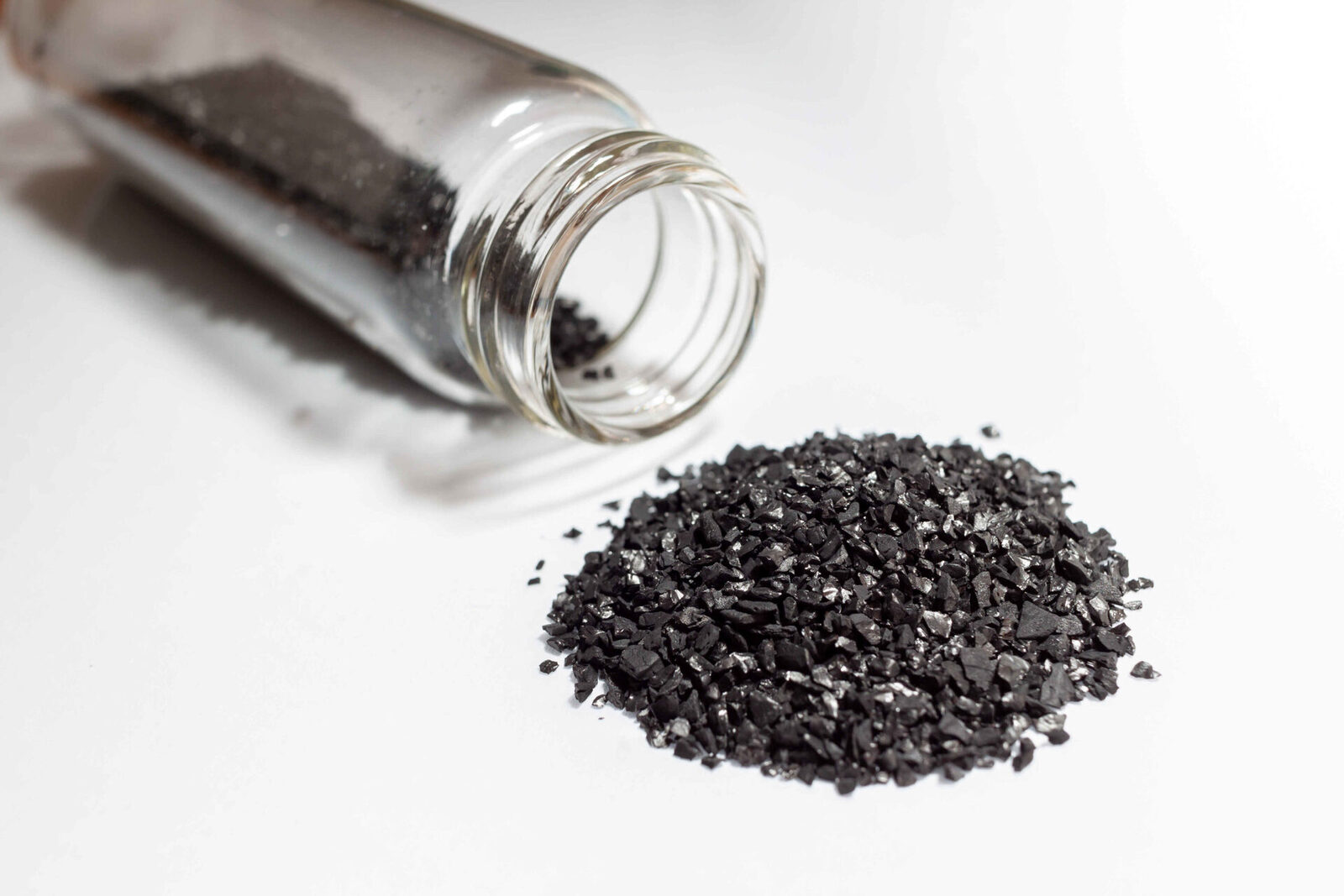
Gaseous Contamination & Air Filtration Resource by Camfil Canada Air Filters - Holly Gardner
To remove gaseous contamination, molecular air filters require particular varieties of media. In this blog post Segment Leader for Molecular Contamination Control, Victor Rengel describes gaseous contamination, outlines the different molecular media types, and highlights molecular filter media that is new to the market.
Molecular media is the root of all successful molecular filtration solutions. Without it, gaseous contaminants can not be effectively removed as they must be “captured” differently than particles via the technique known as adsorption. This is the process where molecules are drawn into porous materials with extremely high surface areas. The reason for this is that particulate filters can’t effectively remove gases as molecules can be 1,000-10,000 times finer than PM1, which is already less than 1 micron in size. Unlike particulate filters, molecular media does not increase in pressure drop as it loads so initial pressure drop design is the only consideration for new applications.
It is important to understand exactly what is included in gaseous contamination, and the possible consequences of contact or inhalation.
What is Gaseous Contamination? What Are the Consequences?
Airborne molecular contamination (AMC) can be categorized as either anthropogenic (man made) or natural. Examples of man made contaminants are vehicle exhaust, power generation, and industrial processes. Natural sources can be forest fires, hot springs, and volcanoes.
Read Full Story: https://cleanair.camfil.ca/how-does-air-filtration-for-gaseous-pollution-work-media-types-for-gaseous-contamination-resource-by-camfil-ca/
Your content is great. However, if any of the content contained herein violates any rights of yours, including those of copyright, please contact us immediately by e-mail at media[@]kissrpr.com.